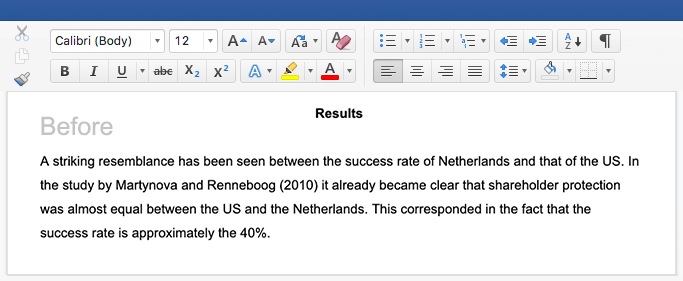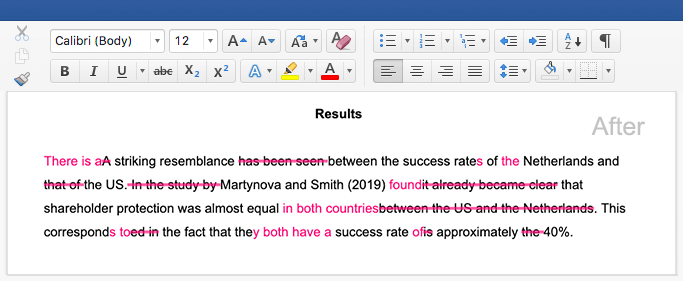What Is a Determiner? | Definition, Types & Examples
A determiner is a word that modifies, describes, or introduces a noun. Determiners can be used to clarify what a noun refers to (e.g., your car) and to indicate quantity or number (e.g., four wheels).
Priya is taking her first steps.
The festival has been postponed due to bad weather.
How are determiners used in sentences?
A determiner modifies or describes a noun by clarifying what it refers to. Determiners do this by indicating qualities such as possession, relative position, and quantity. In a noun phrase, determiners come before nouns.
I’ve been stung by a wasp.
Determiners vs. adjectives
Many kinds of determiners are traditionally classified as adjectives, and they may still be classified that way now, depending on the source you consult. But there are significant differences in how determiners and adjectives actually function.
While both can be used to modify a noun, only an adjective can modify a pronoun (e.g., he’s sad). And unlike adjectives, determiners are often considered essential to the sentences they’re a part of and can’t be removed.
- Calvin cycled his blue bike home from work.
- Calvin cycled his bike home from work.
- Calvin cycled bike home from work.
Definite and indefinite articles
Articles are sometimes classed as their own part of speech, but they are also considered a type of determiner.
The definite article the is used to refer to a specific noun (i.e., one that is unique or known).
Can I borrow the book on the table?
The indefinite articles a and an are used to refer to a general or unspecific version of a noun. Which indefinite article you use depends on the pronunciation of the word that follows.
- A is used before words that begin with a consonant sound (e.g., a clown).
- An is used before words that begin with a vowel sound (e.g., an arrow).
Would you like a free sample?
Indefinite articles can also be used to refer to something for the first time. Once a noun has been introduced, the definite article should then be used, as it refers to a previously mentioned noun.
- The rain
- A rain
- The raindrop
- A raindrop
Demonstrative determiners
Demonstrative determiners (also called demonstrative adjectives or simply demonstratives) are used to indicate relative positions of a noun. The demonstrative determiners are:
- ‘This’ (the singular ‘near’ demonstrative)
- ‘These’ (the plural ‘near’ demonstrative)
- ‘That’ (the singular ‘far’ demonstrative)
- ‘Those’ (the plural ‘far’ demonstrative)
These people are not to blame. Those people over there started the fight.
They can also be used to distinguish between more recent time (this and these) and more distant time (that and those).
We were very close in those days, but we rarely see each other these days.
For example, in the sentence ‘I don’t want this’, ‘this’ functions as a demonstrative pronoun.
Possessive determiners
A possessive determiner (also called a possessive adjective) is used to describe ownership or possession. The possessive determiners are my, your, his, her, its, our and their.
They are closely related to personal pronouns (in that they also have first-, second-, and third-person forms) but not classed as pronouns themselves. They differ grammatically from possessive pronouns (mine, yours, his, hers, its, ours, and theirs), which stand alone rather than modifying nouns (e.g., ‘Yours is better’).
The tree is shedding its leaves.
Numbers
Both cardinal numbers (one, two, three, etc.) and ordinal numbers (first, second, third, etc.) can be used as determiners.
Cardinal numbers
Cardinal numbers are used to indicate the quantity of people or things. They typically follow other determiners in a sentence (e.g., my one chance).
Ordinal numbers
Ordinal numbers are used to specify the order of nouns in a series. They follow other determiners in a sentence (e.g., your sixth birthday).
Distributive determiners
Distributive determiners (also called distributive adjectives) are used to refer to a group or to individual people or objects within a group. The distributive determiners are all, each, every, both, half, either, and neither.
Half of the team didn’t show up to practice.
Neither Lina nor John has met the new neighbors.
Interrogative determiners
An interrogative determiner (also called an interrogative adjective) modifies a noun or pronoun in a direct or indirect question. The interrogative determiners are what, which, and whose.
These words can also function as pronouns instead of determiners when used in place of a noun (e.g., ‘Which do you like?’). And when they are used as determiners outside the context of a question, they are called ‘relative determiners’.
Whose turn is it to wash the dishes?
I wonder which hand he broke
- What is usually used to ask a question when there is a wide range of options or the options are unknown.
- Which is used when the number of options is more limited or the options are known.
Quantifiers
Quantifiers (also called indefinite adjectives) indicate the quantity of a noun. They include all, any, few, less, little, many, much, no, several, and some. They also include the cardinal numbers (one, two, three, etc.).
Some students in the class are refusing to do their homework.
Determiners of difference
Other and another are the determiners of difference.
Other is used to mean ‘additional’ or ‘different types of’. It’s used with plural countable nouns (e.g., doors) and all uncountable nouns (e.g., knowledge).
Do we have any other fruit?
Another is used to mean ‘one more’ or ‘a different one’. It’s only used with singular countable nouns (e.g., fork).
Frequently asked questions about determiners
Sources for this article
We strongly encourage students to use sources in their work. You can cite our article (APA Style) or take a deep dive into the articles below.
This Scribbr articleRyan, E. (2023, May 23). What Is a Determiner? | Definition, Types & Examples. Scribbr. Retrieved 9 April 2025, from https://www.scribbr.co.uk/the-parts-of-speech/determiner/
Aarts, B. (2011). Oxford modern English grammar. Oxford University Press.
Butterfield, J. (Ed.). (2015). Fowler’s dictionary of modern English usage (4th ed.). Oxford University Press.
Garner, B. A. (2016). Garner’s modern English usage (4th ed.). Oxford University Press.



